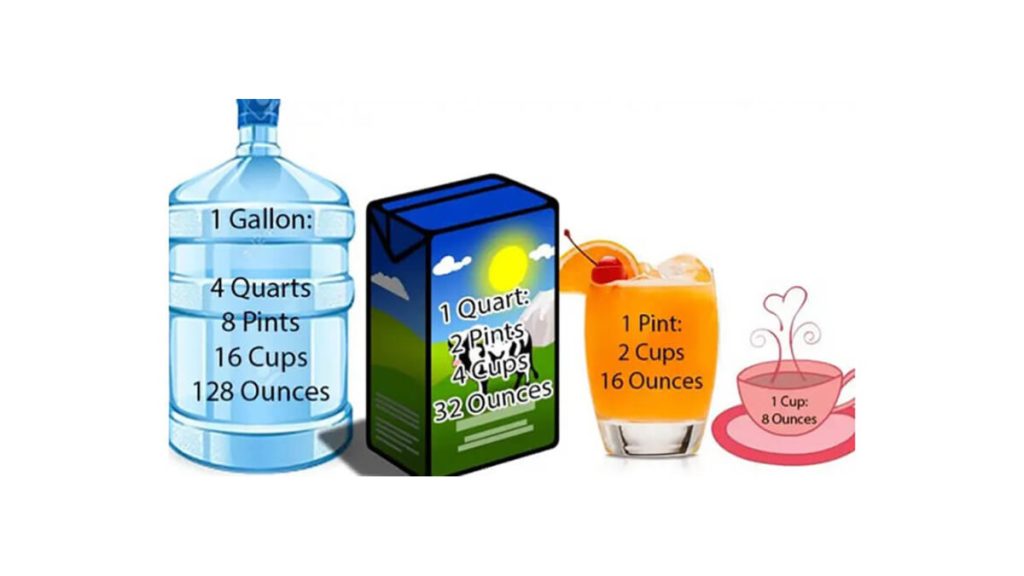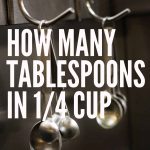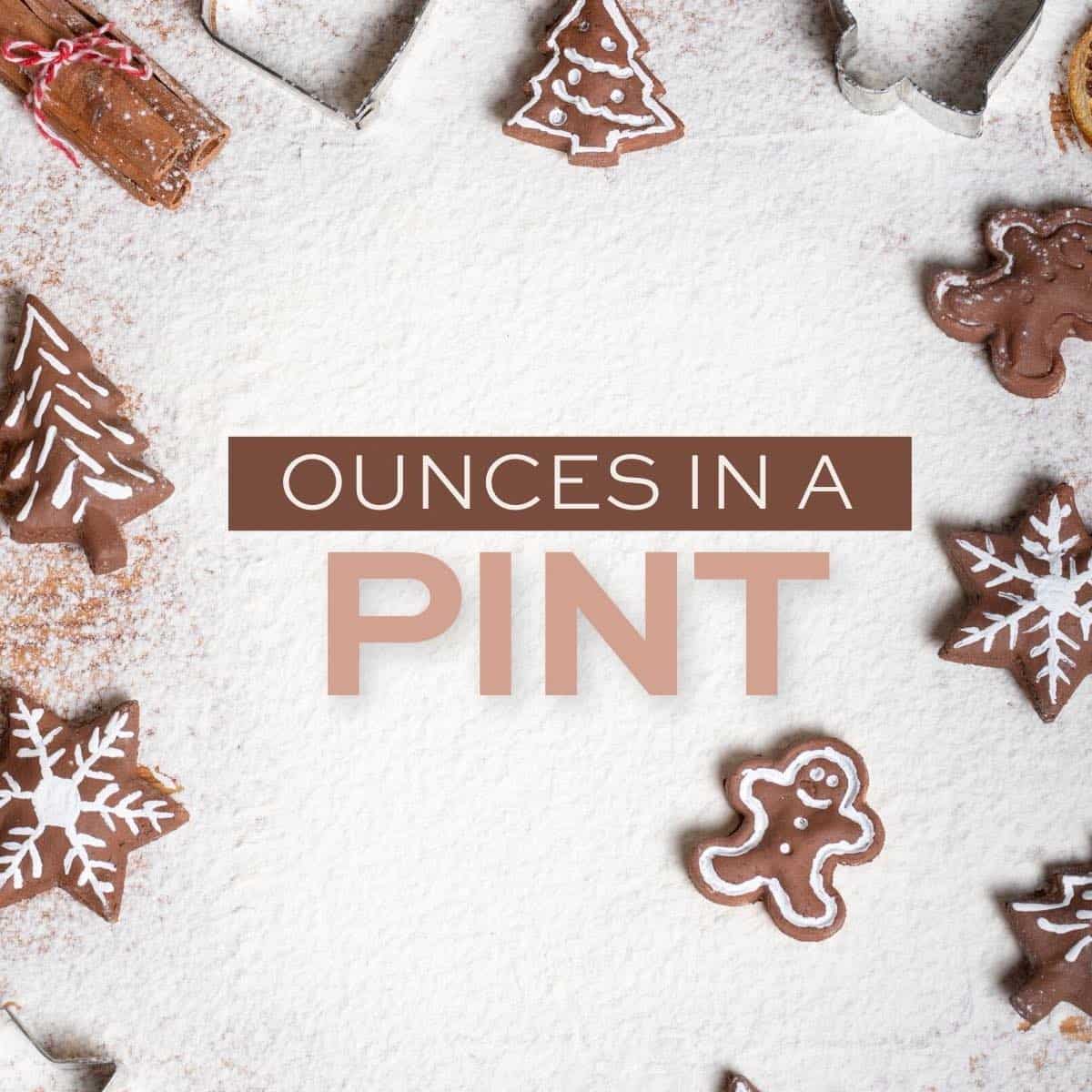It all started with something as ordinary as baking cookies.
Maria, a home cook from Chicago, loved following her grandmother’s recipe book. One day, she came across a recipe for creamy soup that called for “1 pint of cream.” She opened her fridge, pulled out a carton, and then froze in confusion. The carton was labeled in fluid ounces, not pints.
Her daughter, watching curiously, asked:
“Mom, how many fluid ounces are in a pint?”
That innocent question turned Maria’s kitchen into a classroom. What followed was not just the discovery of a number, but a fascinating journey into food history, measurements, and the hidden rules behind every recipe.
This article is written to guide you through that same journey — and by the end, you’ll never second-guess this conversion again.
What Exactly Is a Pint? A Cook’s Perspective
Before we tackle the question, how many fluid ounces are in a pint, let’s understand what a pint really means in the world of food and drinks.
In the kitchen, a pint is not just a unit of volume — it’s a promise of portion. You’ll find pints in:
- Milk cartons
- Ice cream containers
- Soup stocks
- Beer glasses
- Cream or buttermilk cartons
For most home cooks, a pint represents a mid-sized quantity — larger than a cup, but smaller than a quart. But here’s where the confusion starts: depending on whether you’re cooking in the U.S. or following a U.K. recipe, the size of a pint changes.
How Many Fluid Ounces Are in a Pint? The Exact Answer
Now let’s answer Maria’s daughter’s question clearly.
- In the United States, 1 pint = 16 fluid ounces.
- In the United Kingdom, 1 pint = 20 fluid ounces.
So, if you’re following an American recipe, that pint of cream Maria needed would equal 16 fluid ounces. But if you’re following a traditional English cookbook, the same pint would equal 20 fluid ounces.
This is the heart of the matter — and the main reason cooks often double-check when using recipes from different countries.
The History of Pints and Ounces in Food and Drinks
Why do the U.S. and U.K. measure pints differently? The answer lies in history.
In medieval England, beer and ale were sold by “pints,” but no one agreed on exactly how big a pint should be. It wasn’t until the 1824 British Weights and Measures Act that the Imperial system was created, standardizing the pint at 20 fluid ounces.
Meanwhile, when America gained independence, it stuck with the older English system, where a pint measured 16 fluid ounces.
So today, the pint is like a recipe handed down by two relatives — one in London and one in New York — who cook the same dish but use slightly different measurements.
Real-Life Cooking Stories That Show the Difference
Maria once tried baking scones using her grandmother’s old U.K. recipe. It called for a pint of buttermilk. Without thinking, she used 16 fluid ounces, because that’s what a pint means in the U.S.
The result? The scones were dry, dense, and lacked the fluffiness her grandmother always talked about. Why? Because her grandmother’s recipe needed 20 ounces, not 16.
This small difference taught Maria — and anyone reading her story — that knowing how many fluid ounces are in a pint isn’t just trivia. It directly impacts the taste, texture, and success of your dish.
Pint vs. Ounce Confusion in Recipes and Drinks
The confusion goes beyond the oven. Let’s look at beer and dairy:
- A U.S. pint of beer = 16 ounces
- A U.K. pint of beer = 20 ounces
- A “pint of ice cream” in the U.S. = 16 ounces — except many brands pack slightly less while still using “pint” on the label
Even coffee shops play with the term. Some offer a “pint-sized cold brew,” which might not always match the true measurement.
For cooks, this shows why conversions matter: one small mistake can alter a recipe or leave you with less food or drink than expected.
Pints Around the World: Global Cooking Variations
Travel adds another layer to this puzzle. Imagine Maria visiting Paris. She orders a pint of beer, expecting 16 ounces, but gets 500 milliliters instead — about 16.9 ounces.
In Canada, the situation is even trickier: some bars use the Imperial pint (20 ounces), while others use the U.S. pint (16 ounces).
Australia and New Zealand once used Imperial pints but now rely heavily on metric liters. Still, in casual conversation, the word “pint” lingers, leaving visitors puzzled.
This global variation means the answer to how many fluid ounces are in a pint can change depending on where you are.

Baking and Cooking Examples That Depend on Precision
Cooking is both art and science, but baking is science with a touch of art. Even a slight difference in measurements can change everything.
For example:
- Bread dough: Too much liquid (20 ounces instead of 16) makes the dough sticky and unworkable.
- Puddings: Too little liquid makes them dry instead of creamy.
- Soups and sauces: Extra fluid can dilute flavor.
That’s why professional chefs often prefer weighing ingredients in grams and milliliters. But for home cooks in the U.S. and U.K., pints and ounces remain part of daily life.
The Science of Food Measurement in Everyday Life
Beyond recipes, measurement precision has health and nutrition benefits. Athletes often measure their water intake in ounces or pints. Nutritionists recommend specific pint-based portions of milk or smoothies for balanced diets.
Even in medicine, the concept appears: a “pint of blood” is a common measure used in hospitals.
So, when you ask, how many fluid ounces are in a pint, you’re tapping into a system that supports not just cooking, but also health and science.
Quick Conversion Tips Every Home Cook Should Know
Here’s a cheat sheet Maria wrote on a sticky note and placed inside her kitchen cabinet:
- 1 U.S. pint = 16 ounces = 2 cups
- 1 U.K. pint = 20 ounces
- To convert ounces to pints: Divide ounces by 16 (U.S.) or 20 (U.K.)
- To convert pints to ounces: Multiply pints by 16 (U.S.) or 20 (U.K.)
Trick to remember: A pint is two cups, and each U.S. cup is 8 ounces. That simple kitchen math works every time.
Fun and Surprising Food Facts About Pints and Ounces
- A classic Guinness pint in Ireland is always 20 ounces — not 16.
- In the U.S., some ice cream brands sneak only 14 ounces into containers labeled as “pint.”
- Coffee lovers often drink “pint-sized cold brews,” even though the café cup may not match the actual pint measurement.
- A pint of blueberries weighs about 12 ounces because fruits are measured by volume, not weight.
These fun tidbits show how food culture adds flavor to simple math.

Visit our website for more updates and stories
Final Thoughts: Why Knowing This Matters in the Kitchen
Maria’s daughter’s question — how many fluid ounces are in a pint — led to more than just a number. It uncovered history, family traditions, global differences, and the science of cooking.
The clear answer is:
- U.S. pint = 16 fluid ounces
- U.K. pint = 20 fluid ounces
But the real lesson is that knowing this conversion helps you cook better, bake more accurately, and avoid confusion when following recipes from around the world.
Next time you scoop ice cream, pour milk, or lift a pint of beer, you’ll know the story behind the measure — and maybe even impress your family with the history of ounces and pints.













